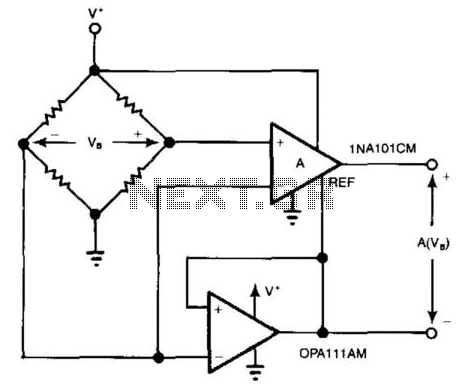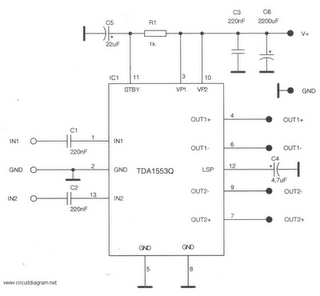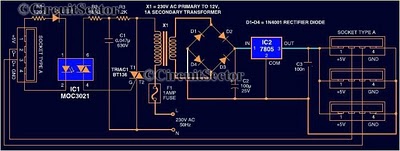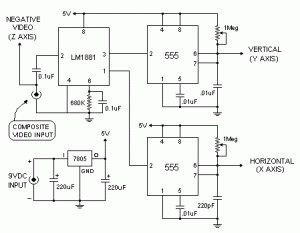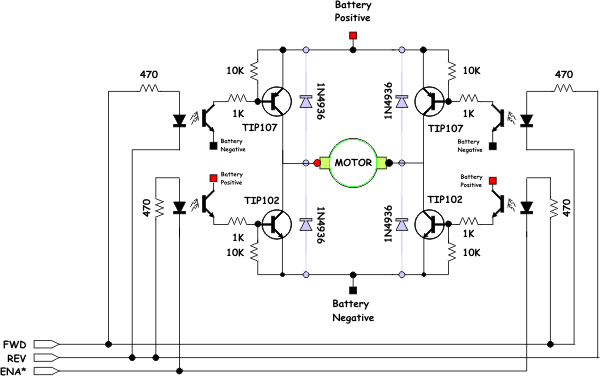
3V to 40 Volt DC Converter Circuit Schematic Diagram

Switching regulator subsystems are designed for use as DC to DC converters. The 3V to 40V DC converter circuit utilizes switching regulators, which are increasingly favored over linear regulators due to the demand for higher conversion efficiency in modern equipment designs. A significant advantage of switching regulators is their enhanced application flexibility regarding output voltage; they can produce output voltages that are lower, higher, or of opposite polarity compared to the input voltage. The MC34063 series is a monolithic control circuit that incorporates all the necessary active functions for DC to DC converters. This device features an internal temperature-compensated reference, a comparator, a controlled duty cycle oscillator with an active peak current limit circuit, a driver, and a high-current output switch. The MC34063 series is specifically designed for use in step-up, step-down, and voltage-inverting converter applications. These functions are integrated within an 8-pin dual in-line package.
The MC34063 series is a versatile and efficient solution for DC to DC conversion, capable of handling various voltage levels and configurations. The internal components of the MC34063 facilitate seamless operation in diverse applications, such as battery-operated devices, power supplies for sensors, and automotive electronics. The temperature-compensated reference ensures stable output voltage across varying temperatures, which is critical for maintaining performance in real-world scenarios.
The comparator within the MC34063 monitors the output voltage and adjusts the switching duty cycle to maintain the desired output level, providing a robust feedback mechanism. The controlled duty cycle oscillator allows for efficient switching, reducing power loss and improving overall efficiency compared to linear regulators. The active peak current limit circuit protects the device and the load from excessive current, enhancing reliability and safety during operation.
In terms of implementation, the MC34063 can be configured for different modes of operation. For step-up (boost) configurations, the circuit can increase the input voltage to a higher output voltage, which is useful in applications where the input voltage is lower than the required output. Conversely, in step-down (buck) configurations, the circuit can reduce the input voltage to a lower output voltage. Additionally, voltage-inverting configurations allow for generating negative output voltages, expanding the range of applications.
The 8-pin dual in-line package makes the MC34063 easy to integrate into existing designs and prototyping setups. Its compact size and efficiency make it suitable for modern electronic devices that require space-saving solutions without sacrificing performance. Overall, the MC34063 series represents a reliable choice for engineers seeking to implement efficient DC to DC converters in their designs.Switching regulator subsystems intended for use as dc to dc converters. 3V to 40 Volt DC Converter circuit | The use of switching regulators is becoming more pronouncedover that of linear regulators because the size reductions innew equipment designs require greater conversion efficiency. Another major advantage of the switching regulator is that i thas increasednapplication flexibility of output voltage. The output can be less than, greater than, or of opposite polarityto that of the input voltage. The MC34063 series is a monolithic control circuitcontaining all the active functions required for dc to dc converters. This device contains an internal temperaturecompensated reference, comparator, controlled duty cycleoscillator with an active peak current limit circuit, driver, and a high current output switch.
This series was specificallydesigned to be incorporated in step up, step down andvoltage inverting converter applications. These functionsare contained in an 8 pin dual in line package. You are reading the Circuits of 3V to 40 Volt DC Converter Circuit And this circuit permalink url it is
🔗 External reference
The MC34063 series is a versatile and efficient solution for DC to DC conversion, capable of handling various voltage levels and configurations. The internal components of the MC34063 facilitate seamless operation in diverse applications, such as battery-operated devices, power supplies for sensors, and automotive electronics. The temperature-compensated reference ensures stable output voltage across varying temperatures, which is critical for maintaining performance in real-world scenarios.
The comparator within the MC34063 monitors the output voltage and adjusts the switching duty cycle to maintain the desired output level, providing a robust feedback mechanism. The controlled duty cycle oscillator allows for efficient switching, reducing power loss and improving overall efficiency compared to linear regulators. The active peak current limit circuit protects the device and the load from excessive current, enhancing reliability and safety during operation.
In terms of implementation, the MC34063 can be configured for different modes of operation. For step-up (boost) configurations, the circuit can increase the input voltage to a higher output voltage, which is useful in applications where the input voltage is lower than the required output. Conversely, in step-down (buck) configurations, the circuit can reduce the input voltage to a lower output voltage. Additionally, voltage-inverting configurations allow for generating negative output voltages, expanding the range of applications.
The 8-pin dual in-line package makes the MC34063 easy to integrate into existing designs and prototyping setups. Its compact size and efficiency make it suitable for modern electronic devices that require space-saving solutions without sacrificing performance. Overall, the MC34063 series represents a reliable choice for engineers seeking to implement efficient DC to DC converters in their designs.Switching regulator subsystems intended for use as dc to dc converters. 3V to 40 Volt DC Converter circuit | The use of switching regulators is becoming more pronouncedover that of linear regulators because the size reductions innew equipment designs require greater conversion efficiency. Another major advantage of the switching regulator is that i thas increasednapplication flexibility of output voltage. The output can be less than, greater than, or of opposite polarityto that of the input voltage. The MC34063 series is a monolithic control circuitcontaining all the active functions required for dc to dc converters. This device contains an internal temperaturecompensated reference, comparator, controlled duty cycleoscillator with an active peak current limit circuit, driver, and a high current output switch.
This series was specificallydesigned to be incorporated in step up, step down andvoltage inverting converter applications. These functionsare contained in an 8 pin dual in line package. You are reading the Circuits of 3V to 40 Volt DC Converter Circuit And this circuit permalink url it is
🔗 External reference
